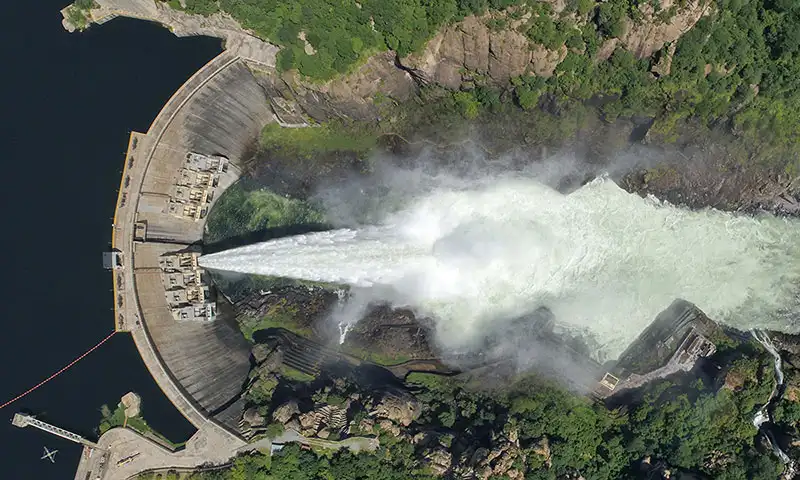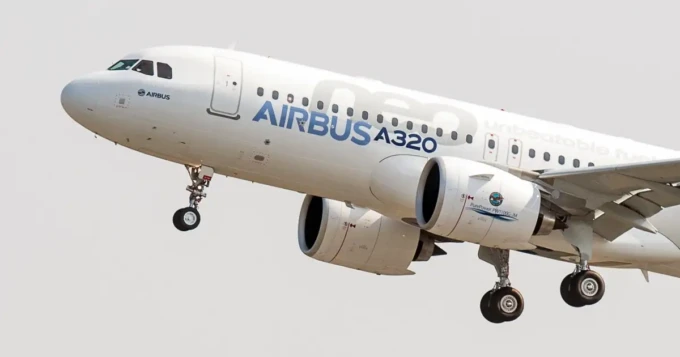Mozambique has launched a transformative $6 billion hydroelectric project, the Mphanda Nkuwa dam, the largest power infrastructure initiative in southern Africa in half a century. Supported by the World Bank, this initiative aims to achieve nationwide electrification by 2030, utilizing renewable sources like hydro, solar, and gas. Currently, electricity access has increased from 31% in 2018 to 60% in 2024, significantly boosting livelihoods and small businesses.
The 1,500-megawatt Mphanda Nkuwa plant, set to be operational by 2031 on the Zambezi River, will help alleviate the region’s 10,000-megawatt power shortfall. TotalEnergies, Électricité de France, and Hidroeléctrica de Cahora Bassa are leading the project, with the World Bank providing concessional support, guarantees, and insurance.
Despite the potential benefits, concerns about rising national debt and the necessity for off-grid solutions in rural areas remain. The project includes a high-voltage transmission line extending 1,300 kilometers to Maputo, expected to enhance Mozambique’s electricity production by over 50%. The government emphasizes its role in addressing economic and social development challenges.
Developed through a public-private partnership, the project involves key stakeholders like the Mozambican government and several World Bank arms, including the International Finance Corporation and the Multilateral Investment Guarantee Agency. The total capital mobilized may exceed $100 billion through broader initiatives.
Unlike the Cahora Bassa project, which primarily exports power, Mphanda Nkuwa will support domestic demand and connect to regional grids, facilitating energy export to countries like Zambia and Zimbabwe. Its design aims to minimize environmental impact compared to previous mega-dam projects. The Mphanda Nkuwa project is crucial for energy transition and industrial growth in southern Africa, promising lower-cost energy and creating job opportunities, with completion anticipated by 2031.











Leave a comment